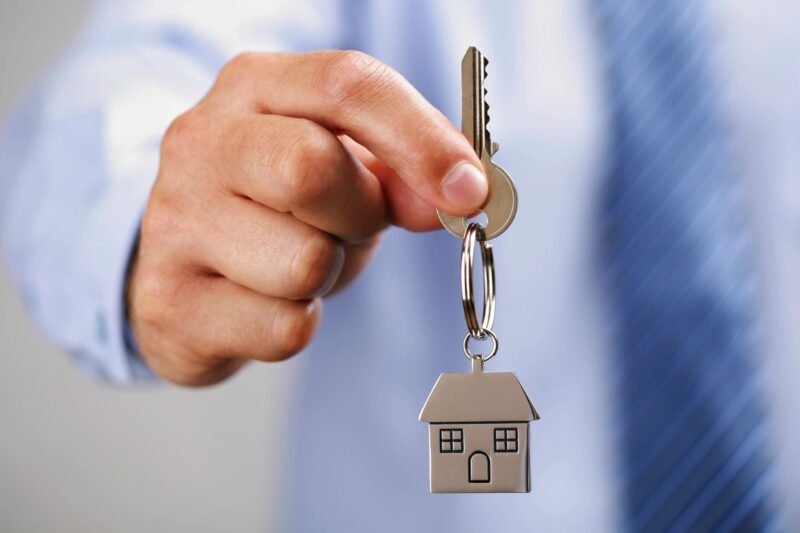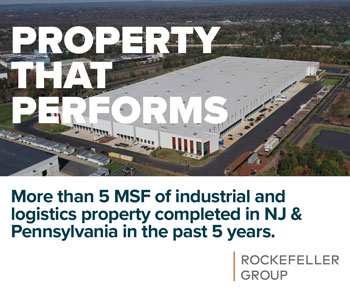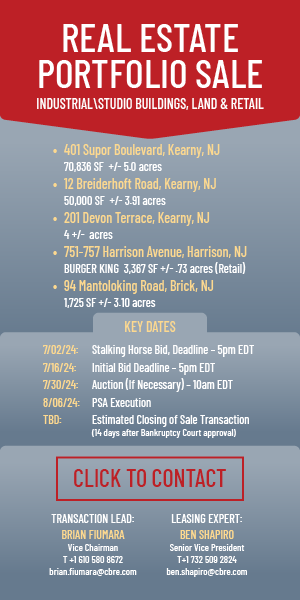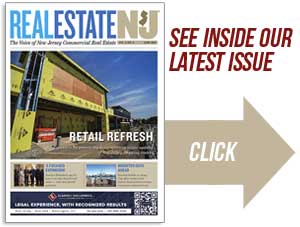By Jeff Kolakowski
Nationally, April is known as New Homes Month and is intended to highlight the benefits of purchasing a new home. April is also recognized as National Fair Housing Month to commemorate the passage of the 1968 federal law, which prohibits discrimination concerning the sale, rental and financing of housing. These two annual recognition events represent a paradox for many of us in New Jersey.

Unfortunately, historic discriminatory practices and policies, including red lining and exclusionary zoning, coupled with the decades-long suppression of housing production due to economic factors like Superstorm Sandy and the Great Recession, have resulted in the dream of homeownership being out of reach for too many.
While the COVID-19 pandemic and the social justice movement have created a renewed focus on the importance of a home, the cost of housing is at an all-time high and supply is at an all-time low. New Jersey’s housing patterns continue as one of the most segregated in the country and builders are unable to create affordable products due to a multitude of regulatory and market conditions. Adding to the supply problem, New Jersey’s housing stock is aging and inefficient, with nearly half of all homes built more than 60 years ago. Further, New Jersey needs to rapidly meet a growing demand before another generation is lost to other more affordable areas.
The state’s already stressed housing stock was put to the limit in 2020 as prices skyrocketed more than 20 percent year over year and the number of homes on the market fell by 40 percent year over year. To put these increases in perspective, in 1980, the median price of a home in New Jersey was $119,200. By 2000, it had steadily risen 43 percent to $170,800. Fast-forward another 20 years and the median price has increased 75 percent to $300,000, despite a once-in-a-lifetime housing crash.
While existing homeowners are cheering heightening property values, those seeking safe and affordable housing in New Jersey are increasingly required to allocate a greater percentage of income to housing costs. According to the National Low Income Housing Coalition, New Jersey has a shortage of affordable housing at every income level at or below middle-income levels. The National Association of Home Builders (NAHB) recently calculated that a $1,000 increase in the U.S. median new home price of $346,757 would push 153,967 households out of the market. The metropolitan area with the largest priced out effect, in terms of absolute numbers, is New York-Newark-Jersey City, N.Y.-N.J.-Pa., where 6,756 households are squeezed out of the market for a new median-priced home if the price increases by just $1,000. New Jersey already has some of the most frightening homeownership rates, currently 45th in the nation, and the thousands of families that are projected to be priced out of New Jersey homes are going to miss out on positive benefits of homeownership. This includes exponential wealth creation, higher educational attainment for their children and the opportunity to grow in communities with increased civic engagement, health and safety.
The costs of New Jersey’s unaffordable housing stock reverberate throughout the economy as residents flee to other states and renters continue to be unable to afford basic apartments and enter the homeownership lifecycle, which continues to be the single greatest contributor to household wealth. According to the Federal Reserve, the average wealth of a homeowner is a staggering 40 times higher than that of a renter. Future generations in New Jersey need access to entry-level homes and, crucially, this must include future generations of all classes and backgrounds. Nationally, the gap between homeownership rates by white households and black households was at 27 percent in 1960. While decades of civil rights efforts and the passage of the Fair Housing Act in 1968 might lead you to believe that gap has improved, it has actually worsened to 30 percent as of 2017.
No major economic analysis is needed to appreciate the usual market reaction to higher prices and demand is to create additional supply. Unfortunately, housing production is a highly regulated industry, and the production of a home relies on a dizzying number of products and components which have also seen dramatic price increases. Lumber costs, increasing interest rates and new environmental regulations in New Jersey are all increasing the cost of housing.
We commend Governor Murphy for proposing a budget that includes additional resources that will not only help facilitate the construction of new housing but more importantly, would also provide direct assistance to first-time homebuyers. We also applaud legislators like Majority Leader Lou Greenwald and Sen. Troy Singleton for recognizing the overwhelming positive benefits of homeownership and sponsoring legislation to create homebuyer assistance programs. These would be great first steps, but we have the opportunity this year, particularly with the budgetary surplus, to make a long overdue and much needed investment in the state’s housing stock and in people’s lives. More broadly, New Jersey is in desperate need of a comprehensive housing policy to address the supply shortage facing middle- and lower-income families, to combat racial inequities in housing and education, and to address the growing wealth divide between homeowners and renters.
Let’s get started and make a commitment to developing a strategy that provides new and more affordable housing options throughout the state so that New Homes Month can be something celebrated by every New Jerseyan.
Jeff Kolakowski is CEO of the New Jersey Builders Association, a housing industry trade association of builders, developers, remodelers, subcontractors, suppliers, engineers, architects, consultants and other professionals dedicated to meeting the housing needs of all New Jersey residents. NJBA serves as a resource for its members through continuing education and advocacy. NJBA and its members strive for a better, greener, more affordable housing market in New Jersey. Additional information is available at www.NJBA.org.










